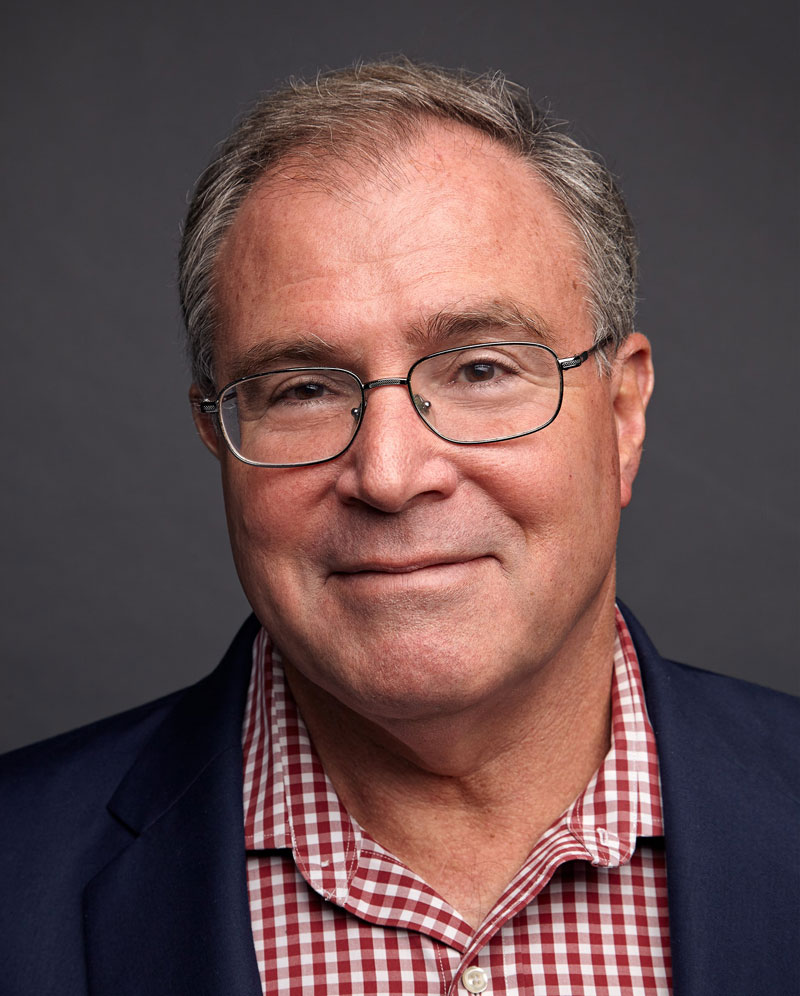
Tobacco harm reduction advocate David Sweanor describes the shift required to reduce the health toll of smoking.
By Derek Yach
David Sweanor has played a global role in steering the World Health Organization, governments and nongovernmental organizations to use the most powerful interventions they have to end smoking. His focus on policy measures to reduce the carnage from cigarette smoking, including a leading role on excise taxes, marketing restrictions and smoke-free policies, has long included tobacco harm reduction (THR). And in the process, Sweanor has highlighted the need to move from blunt approaches to all tobacco products to a system that regulates products proportionate to their risk. In a recent conversation, Sweanor discussed the origins of innovation in THR.
“Hobbyists” and consumers seeking safer products have long tried to develop products that deliver nicotine without other toxic ingredients common in combustible cigarettes (see “Major Milestones”). Our conversation focused on transformation underway in leading tobacco companies.
Sweanor believes that leading tobacco companies have a clear vision of the endgame for their transformation—addressing health, wellness and consumer needs profitably. This was largely forced upon them by advancements in technology, upstart competitors and consumer demand. In contrast, leaders in tobacco control, he believes, are trapped in a vision set in the 1970s that relies on coercion rather than empathy and empowerment and ignores the role of disruptive technologies.
Sweanor laid out progress reported in the latest round of quarterly earnings by leading tobacco companies. Analysts highlighted the role of reduced-risk products as increasingly driving corporate profitability. Philip Morris International now gets 30 percent of total revenue from reduced-risk products and BAT gets 12 percent, with Altria and Imperial advancing through single digits. And Sweanor stressed the fundamental role that competition and investments in innovative research have played in driving this progress.
The funding, volume, quality and diversity of industry research have accelerated over the past decade, and the nicotine business has attracted new and innovative players. Industry research is more interdisciplinary than most public-funded research and includes cutting-edge insights from toxicology, systems biology, epidemiology and pharmacology enhanced by clinical insights from respiratory medicine, oncology and cardiovascular disease.
Sweanor is concerned that at a time when we need more engagement between industry and public health researchers, more barriers are being created that discourage debate, counterproductively protect the cigarette trade and prolong the epidemic of diseases and deaths caused by cigarette smoking. The Society for Research on Nicotine and Tobacco’s ban on tobacco industry participation in its conferences is only the latest example of industry exclusion.
To demonstrate that they have truly embraced transformation, says Sweanor, tobacco companies and other players in the consumer nicotine market should:
- push ahead with investments and the launch of healthier, safer products designed to end combustible use;
- be more proactive in challenging misinformation and the laws that protect the cigarette business from competition;
- share patents addressing core aspects of health and safety with smaller companies and state monopolies in low-income and middle-income countries—this could be done in many ways within World Trade Organization rules; and
- place key data of public health policy relevance in the public domain. This includes, for example, conversion rates from combustibles to reduced-risk products and consumer research on the viability of reduced-risk alternatives to cigarettes. Sweanor stressed that all companies need to do this. Much could be learned from a related effort undertaken by food companies in the United States led by the Healthy Weight Foundation.
Above all, he believes that this is the time for companies to work with governments to more aggressively end the sale of combustibles. “They should not await permission from unyielding anti-tobacco groups before fully engaging in efforts to protect the health of their consumers,” said Sweanor.
Sweanor discussed the emergence of industry initiatives that build on their investments to end combustibles (see “In the Pipeline”). From Covid-19 vaccines derived from tobacco plants (see “The Virtuous Weed”) to deeper insights into medication aerosolization and what this might mean for new classes of pharmaceuticals delivered through 21st century delivery systems, Sweanor stated that it is clear that companies are not stopping their transformation journey. “There are no examples from across other sectors that when such profoundly disruptive change happens, it ever returns to the status quo,” he said. “The arrow of innovation points toward healthier and more environmentally sustainable products and services.”
In time, the recent analyst views that some tobacco companies will become life sciences companies tackling major health issues may well come true!
Previously, Yach was the director of the Foundation for a Smoke-Free World, and a World Health Organization cabinet director and executive director for noncommunicable diseases and mental health. He was deeply involved with the development of the Framework Convention on Tobacco Control.












